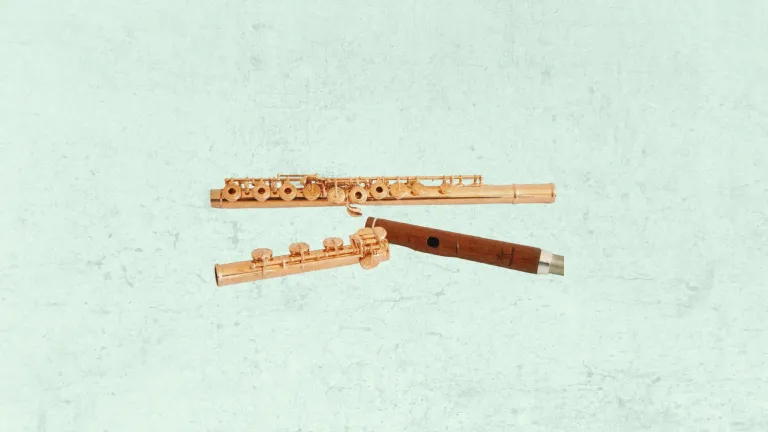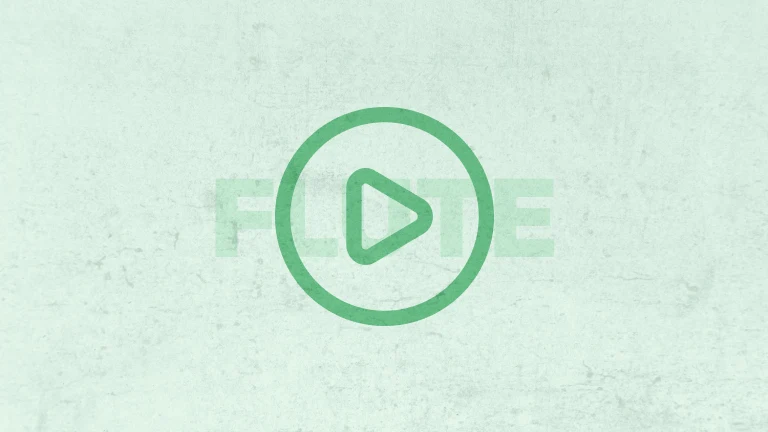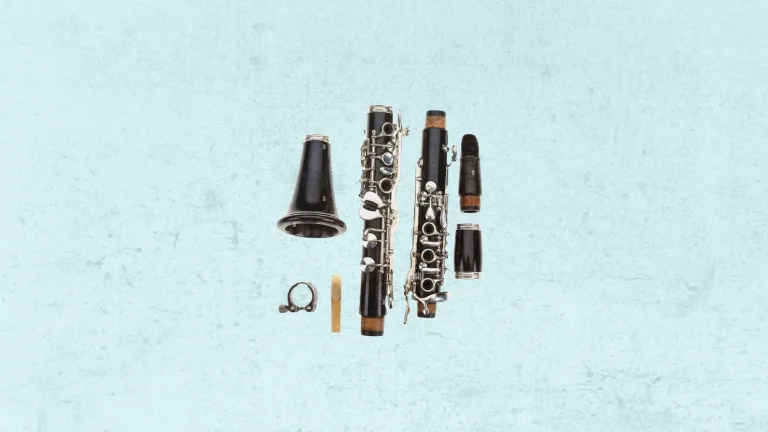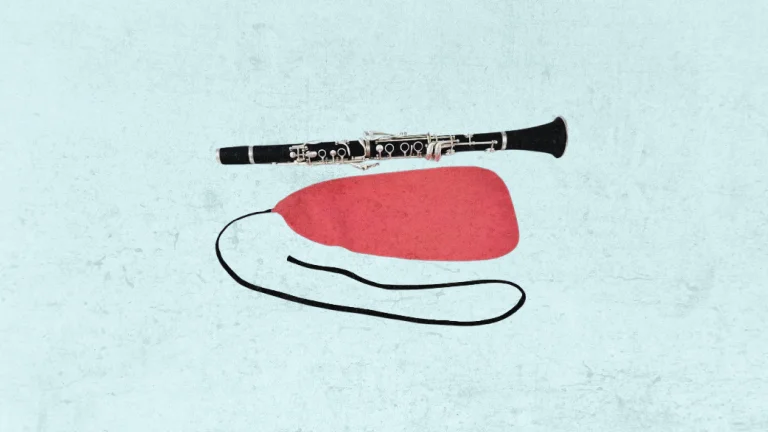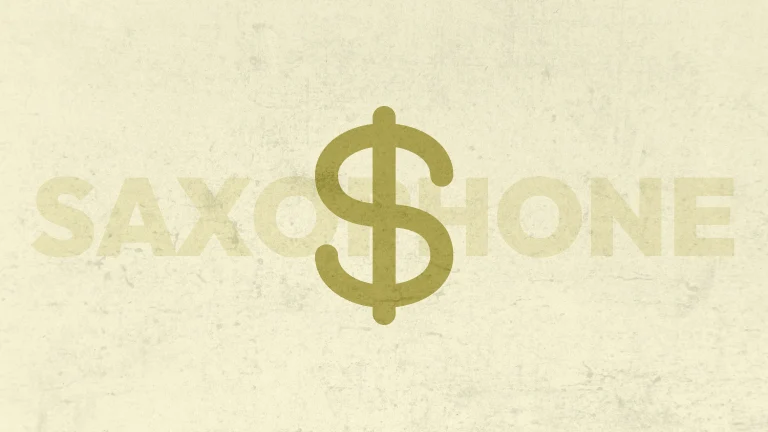In this article, you will learn how to tune a clarinet and we all know that if we want our instrument to sound good, it must be in tune.
Knowing how it’s done will make you a better instrumentalist and teach you more about the instrument and music.
Also, before tuning, it’s important to know how to put a clarinet together.
For this job, you will need some kind of tuner – an app or an actual device. I recommend chromatic tuners because they are the easiest to use and understand.
How To Tune A Clarinet
Here is a step-by-step guide to tune your clarinet. I will cover everything you need to know to get the best results.
1. Understand How Tuner Works
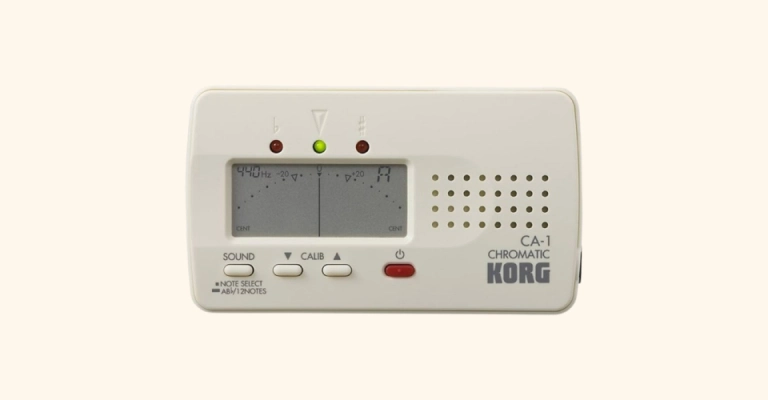
Before you start tuning the clarinet, it’s a good idea to understand how the tuner works and how to use it.
When you play notes on a clarinet, the tuner will display the pitch and you will see if it’s in tune or if it’s sharp or flat.
It will have a needle and if it’s in the center, it means that you are in tune but if the needle doesn’t reach the center, it’s flat.
On the other hand, if the needle is past the center then it’s sharp. Also, the tuner might have some LED light or indicator that shows you the pitch.
Another important thing in tuners is the calibration. Your tuner should display 440Hz which means standard calibration. If it’s a different m=number, set it to 440Hz.
2. Understand Bb Concert Instruments
Clarinet is a B flat concert instrument which means that when you play a specific note, it will sound like a whole step down.
And it might be confusing for many musicians, especially beginners. So, it’s important to know this detail to tune a clarinet properly.
For example, if you play C on clarinet, for piano it’s Bb and the tuner will also show Bb instead of C note.
In a nutshell, remember that when you tune a specific note on clarinet, on the tuner it will be a whole step-down note.
3. Warm Up Your Clarinet

A very important thing for the clarinet tuning process is to warm up the clarinet.
When you tune the clarinet without warming up, it’s cold, and after playing it becomes warmer, so the pitch will change and your clarinet will go out of tune.
This applies to not only clarinets for beginners but also to high-quality and professional-grade clarinets.
So, before tuning try to play some scales or favorite melodies for a couple of minutes to prepare it for tuning.
4. Tune With A Middle Note
Clarinets are long instruments and notes are in different parts of the clarinet. And choosing the wrong note to tune your clarinet might cause tuning issues.
For example, if you tune too high or low notes, it won’t give accurate results because the length of the instrument matters.
It’s a better practice to tune a middle note, for example, C because it will give you the best tuning results.
5. Tuning Process
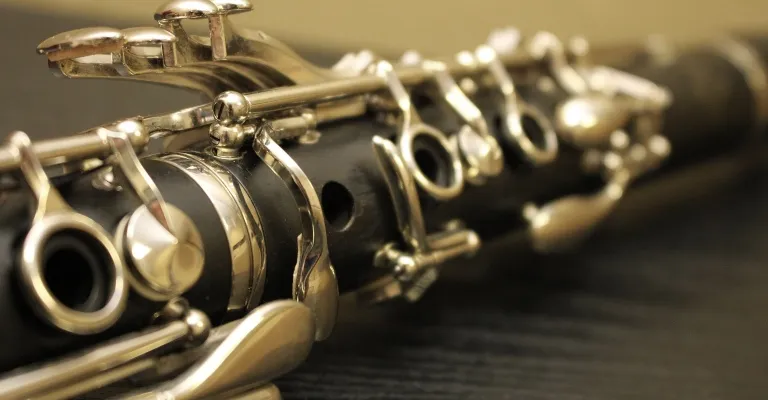
So, start tuning with the C note and see the tuning on a tuner. But remember that you should always check the octave higher C note. This will help you to better tune a clarinet.
As I’ve said above, if the needle on the tuner is in the center, it’s in tune. If it’s on the right side, the note is sharp and if it’s on the left side – the note is flat.
So, how to adjust the clarinet to be in tune you may ask. The answer is simple – adjust the mouthpiece or barrel.
So, if the note is sharp you need to lengthen the clarinet and if the note is flat, you need to shorten the length.
It can be done by adjusting either the barrel of your clarinet or the mouthpiece.
Slightly adjust either part and always check the note after every adjustment. Do this until both C notes are in tune.
Also, don’t play short notes. Try to blow into the clarinet and hold the note for three to four seconds to be able to see the pitch of the note on the tuner.
Additional Tip To Tune A Clarinet
There are times when the whole clarinet is flat and you can’t adjust it further. The reason is the way clarinets are constructed and also the quality of the instrument.
If that’s the case, you can adjust the clarinet as tight as possible and see if it works. But if it’s still flat then you must use your embouchure to make notes sharper.
This might be an advanced skill but this is part of the learning process. That’s because I’ve said in the beginning that tuning can help to understand your instrument better.
Conclusion
As you can see, to tune a clarinet is not as hard as it seems but you need to know some details to get better results. You should know how tuners and B flat concert instruments work and how to adjust the mouthpiece or barrel to get a perfect pitch of the note. Practicing will make you a better player and it will help you to know more about your instrument.
